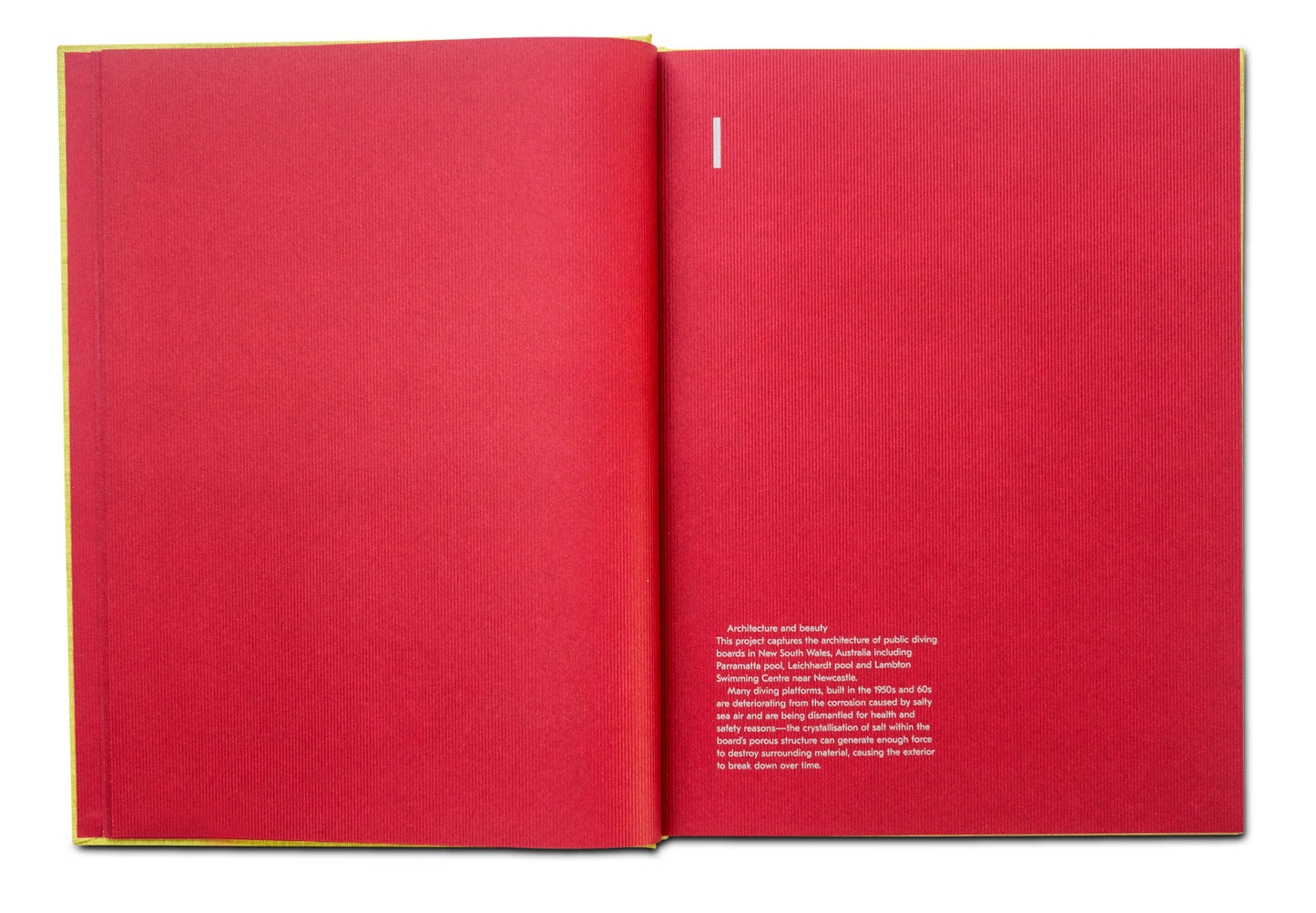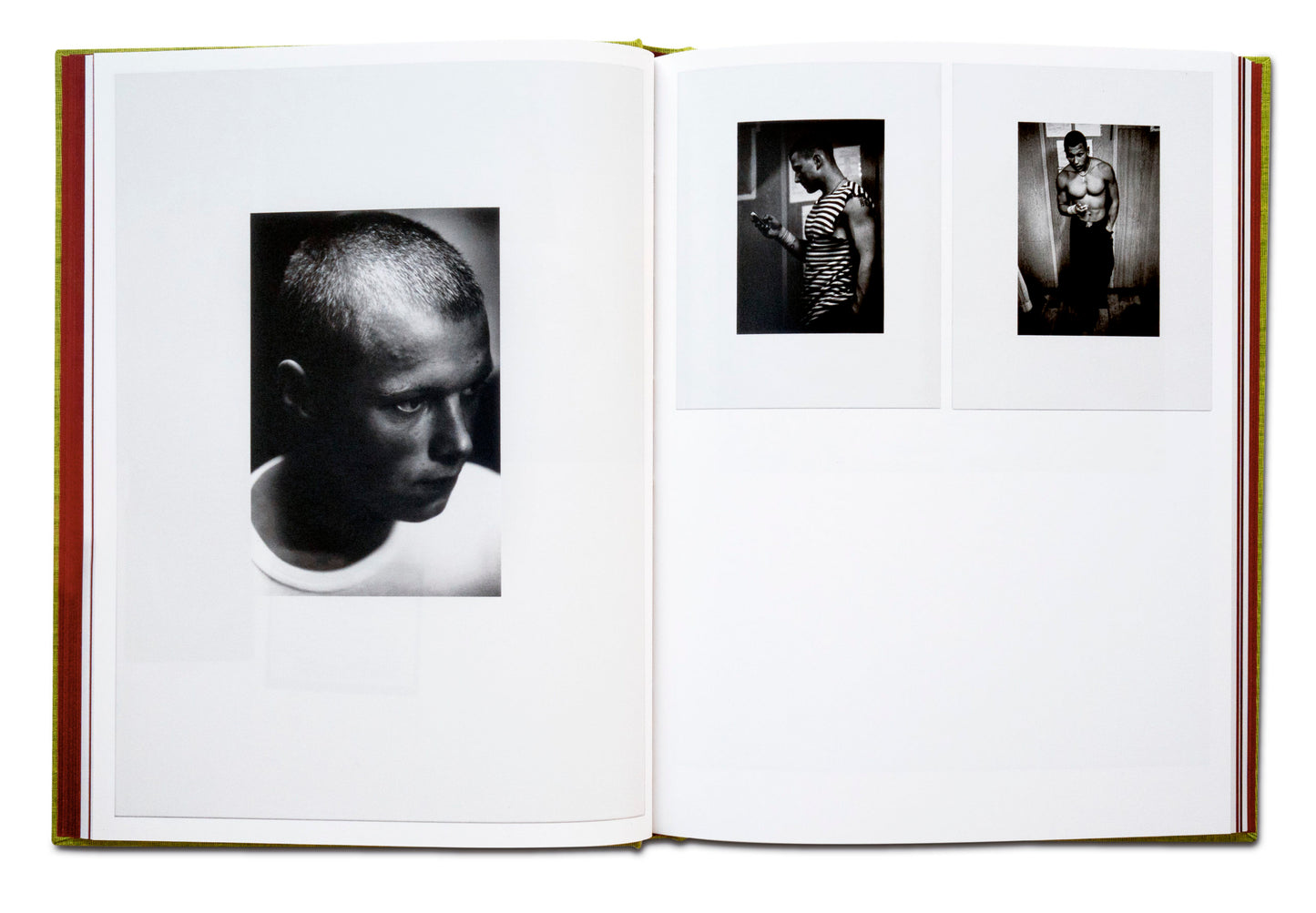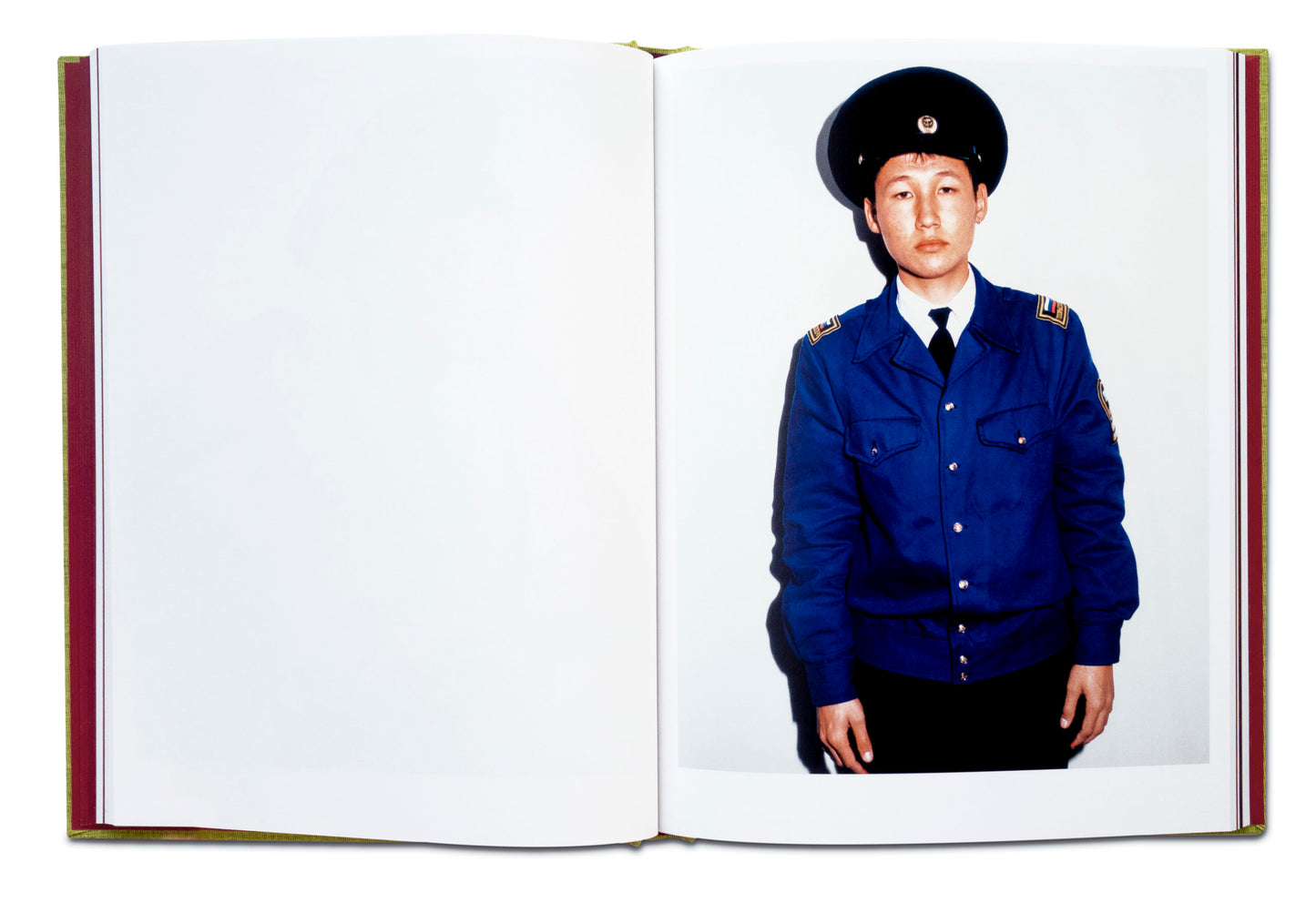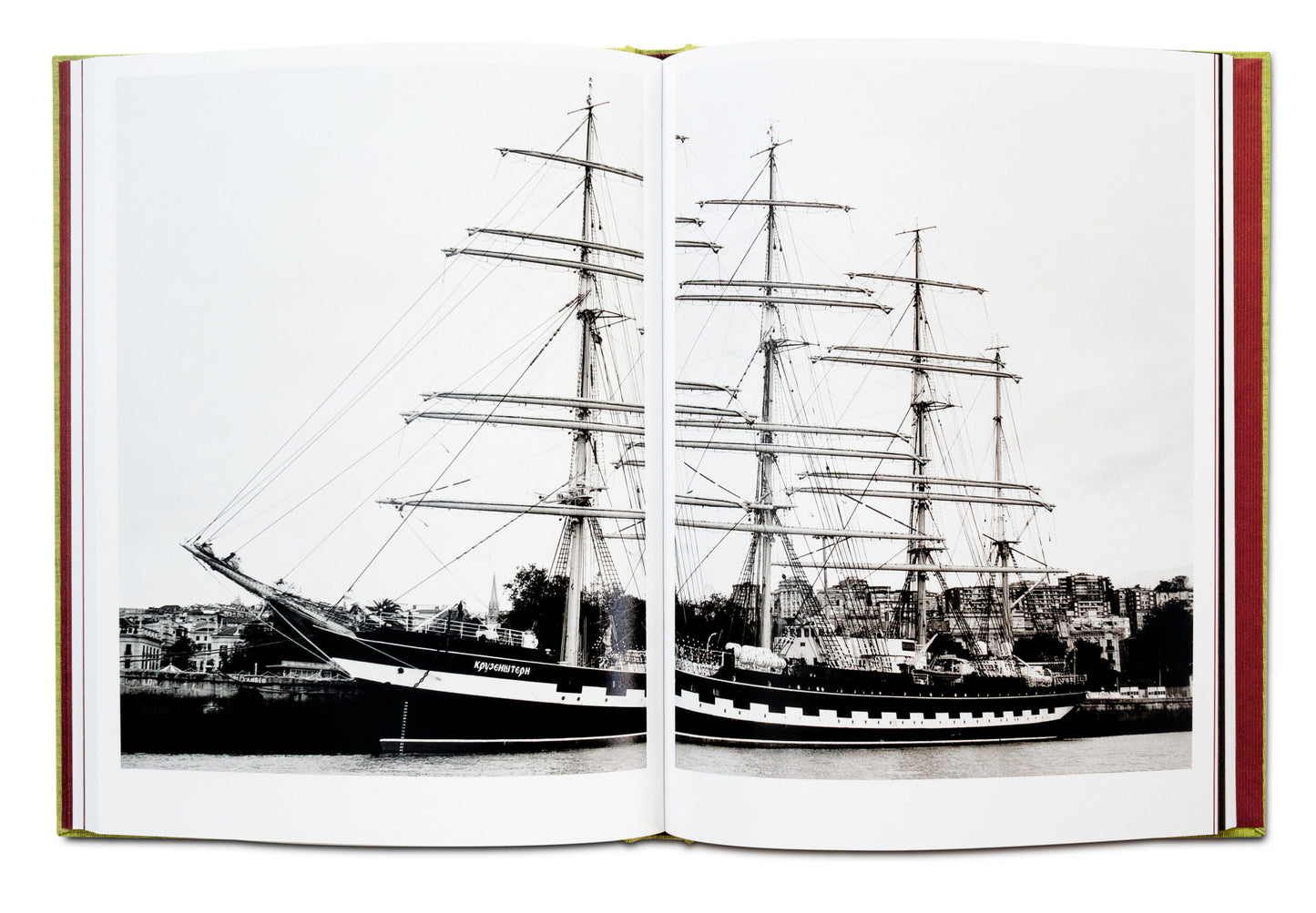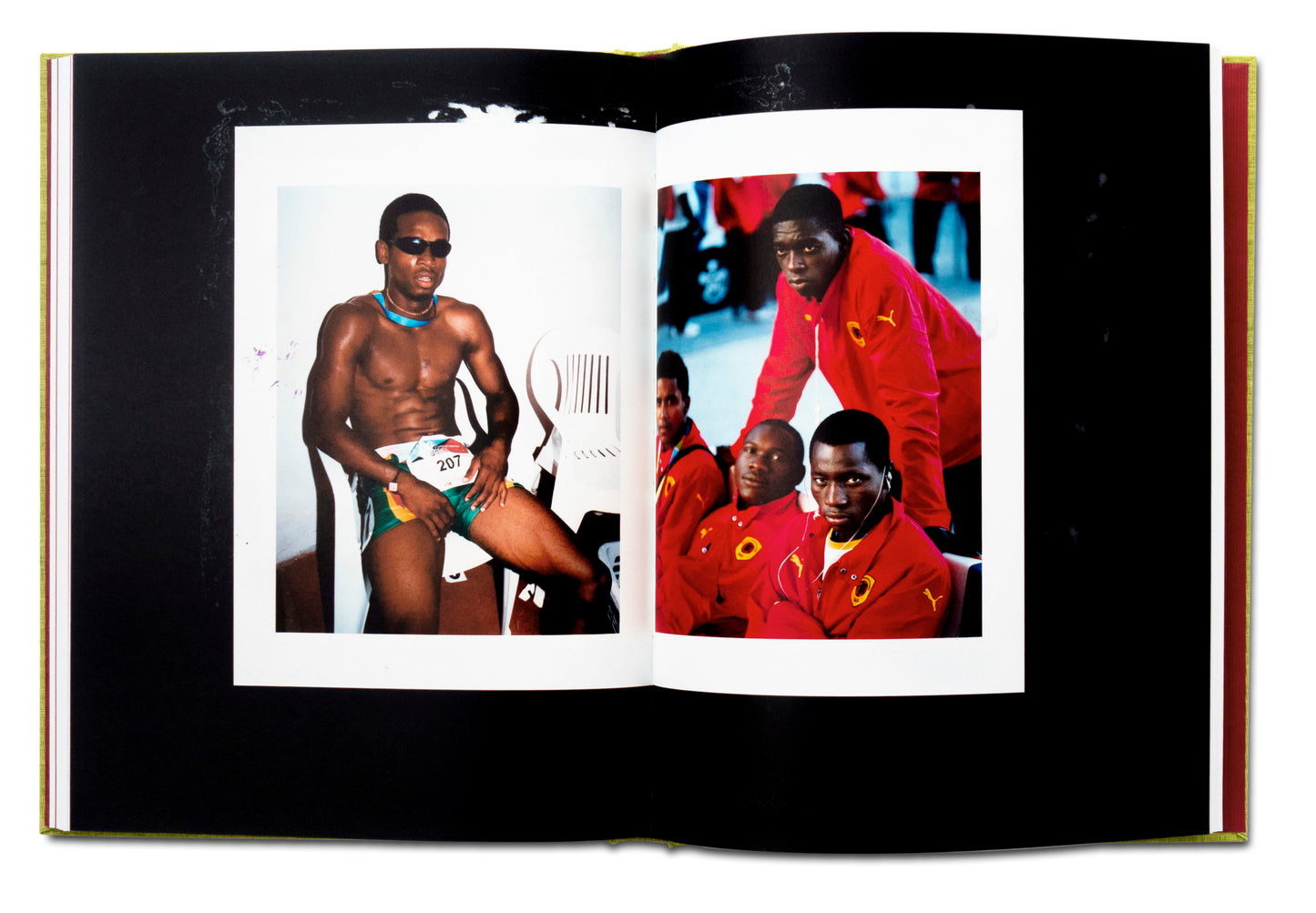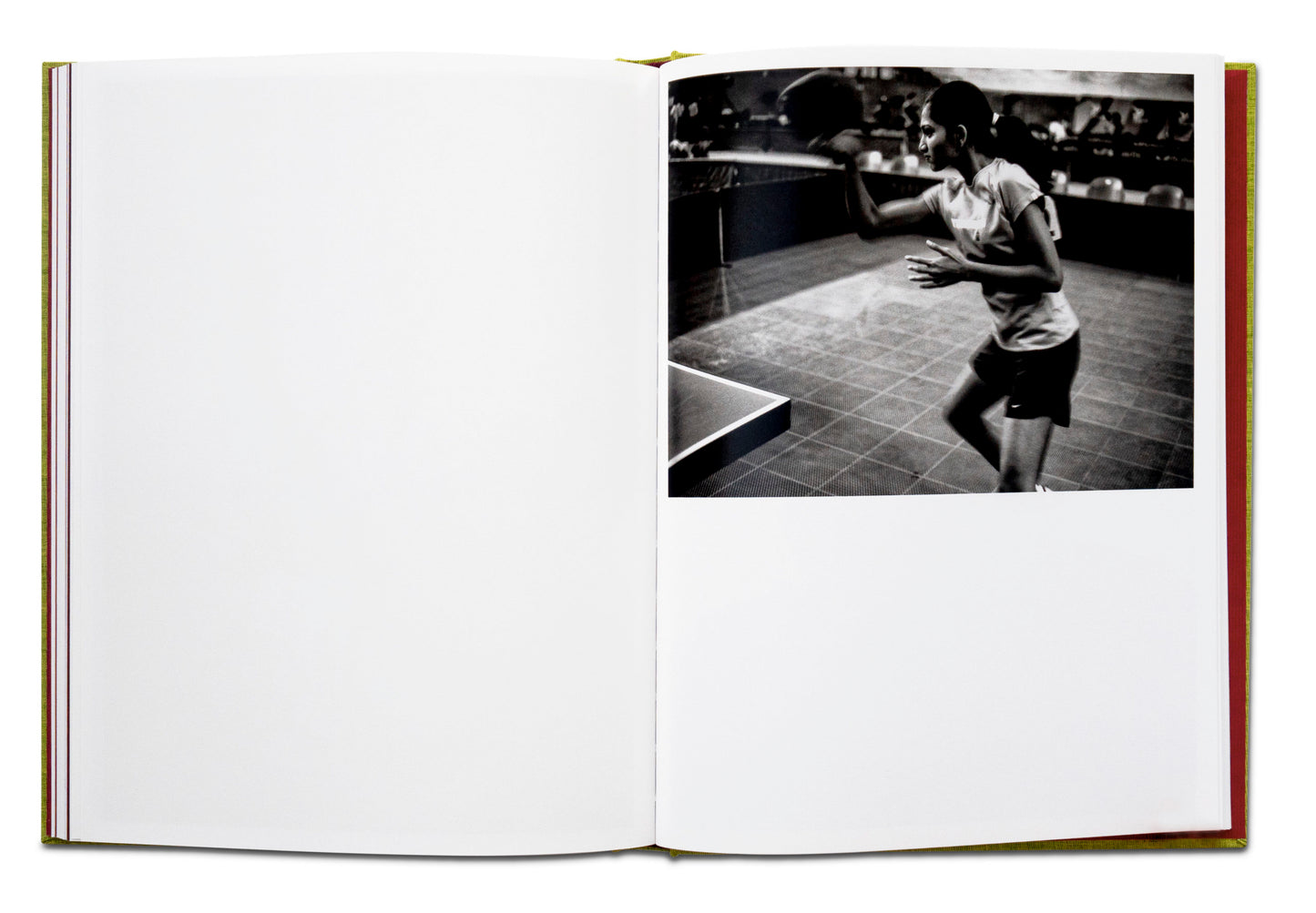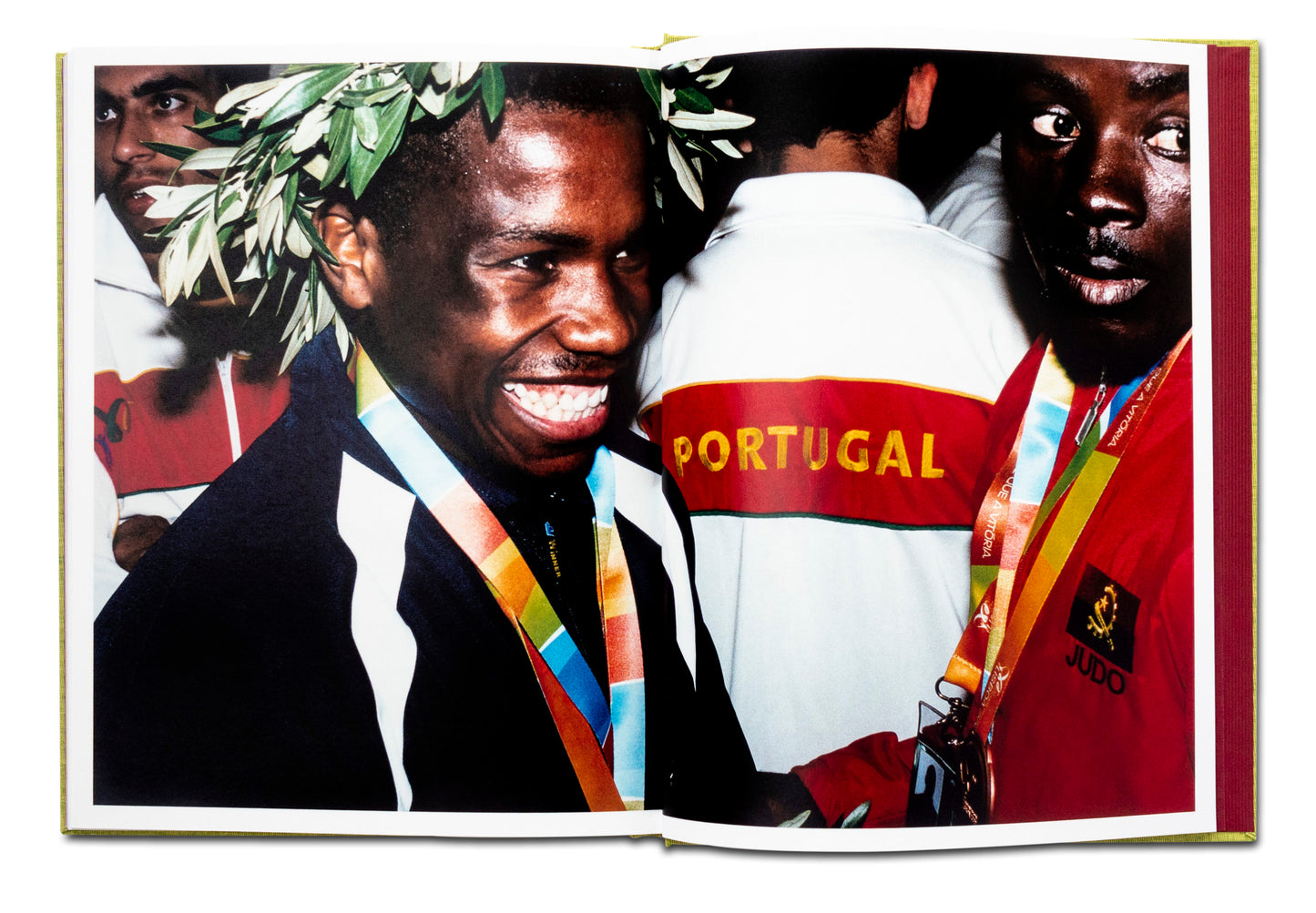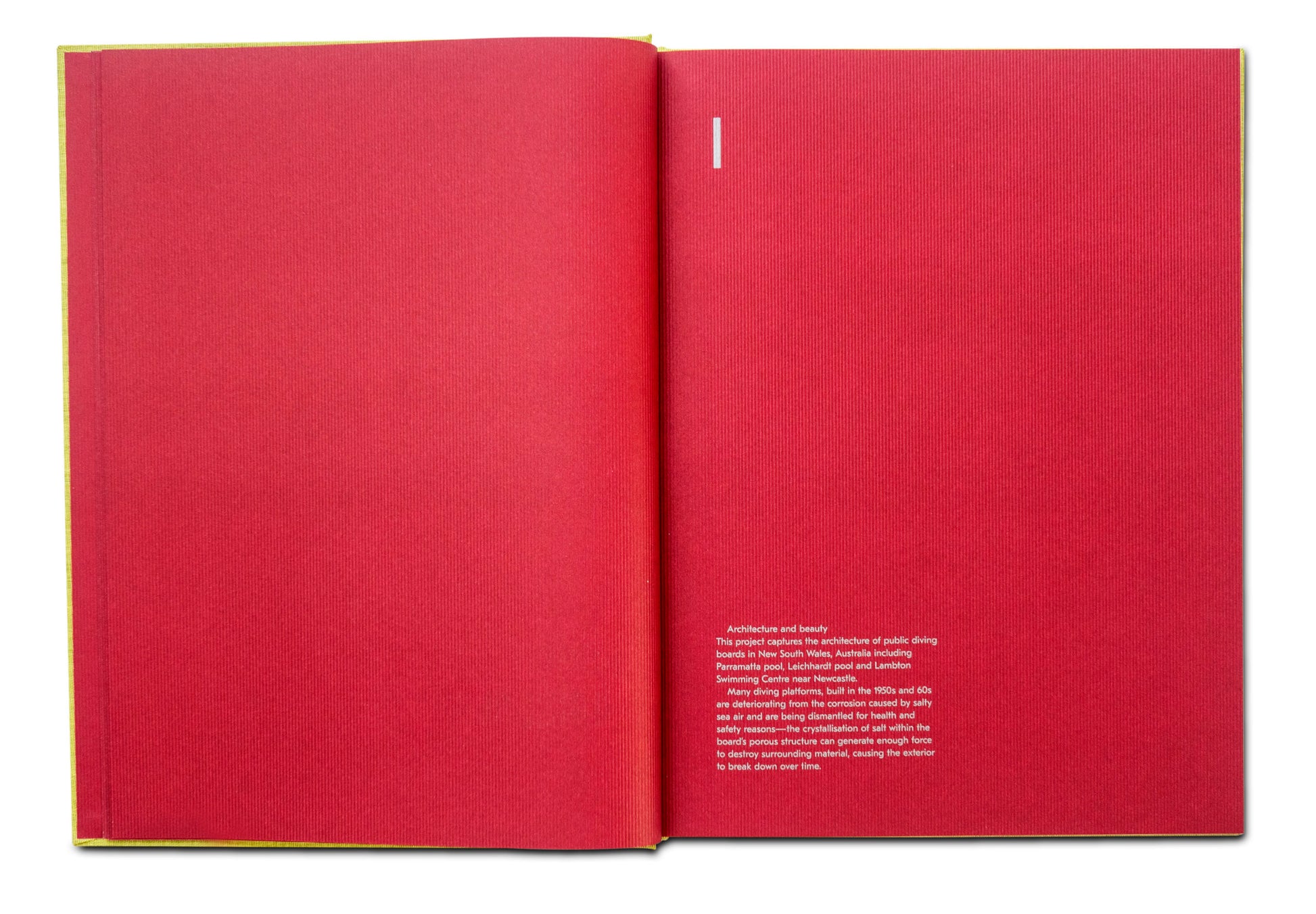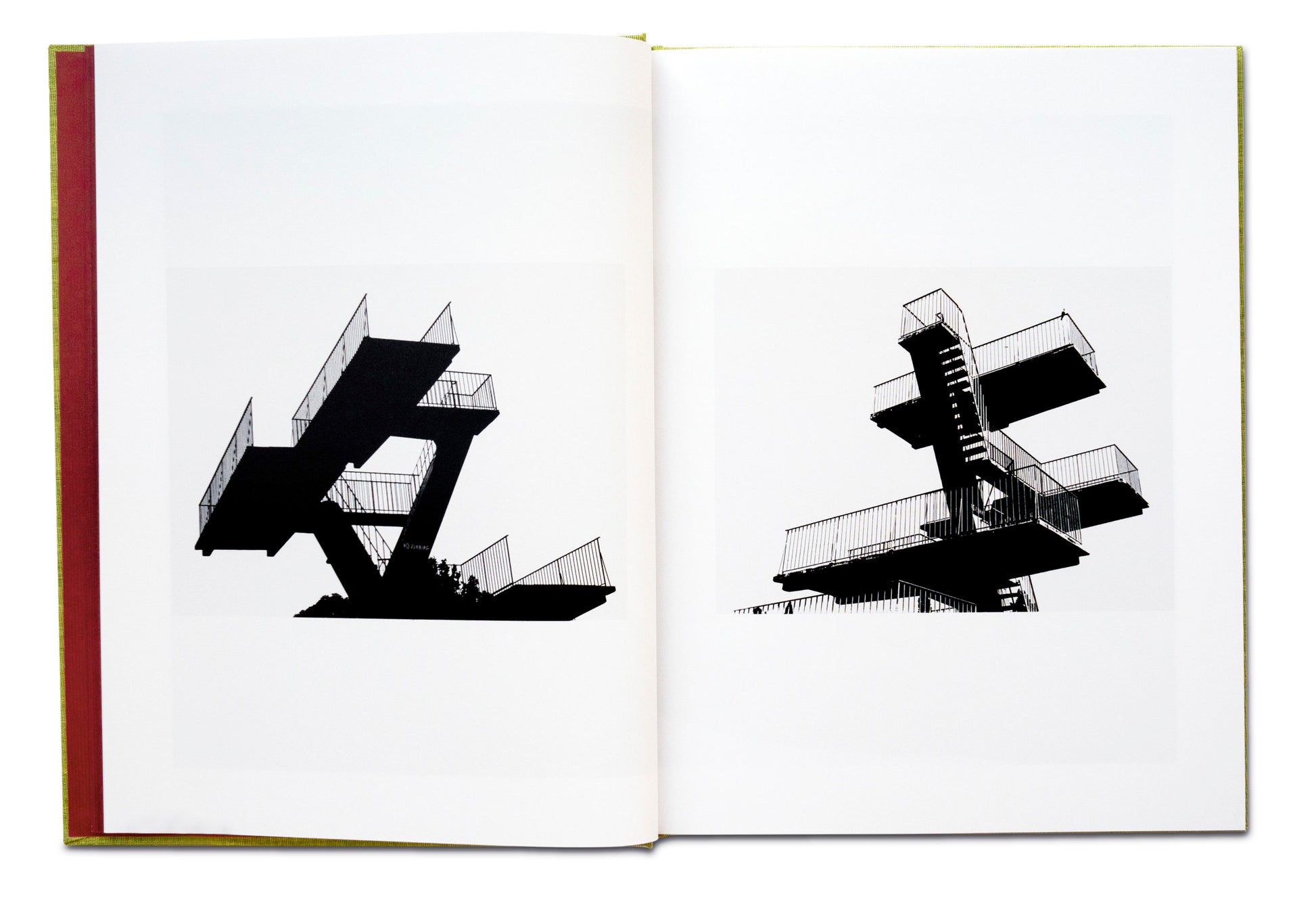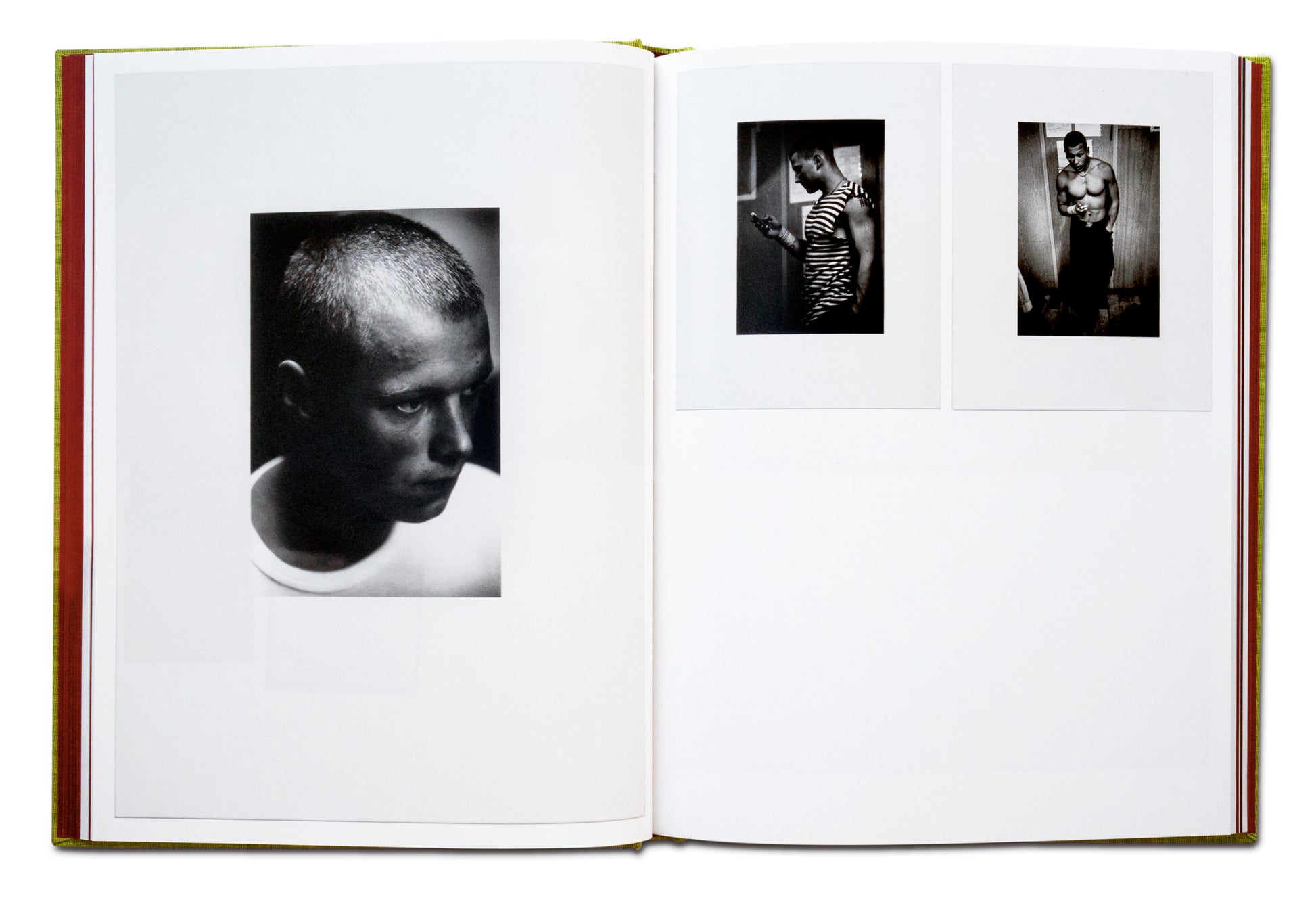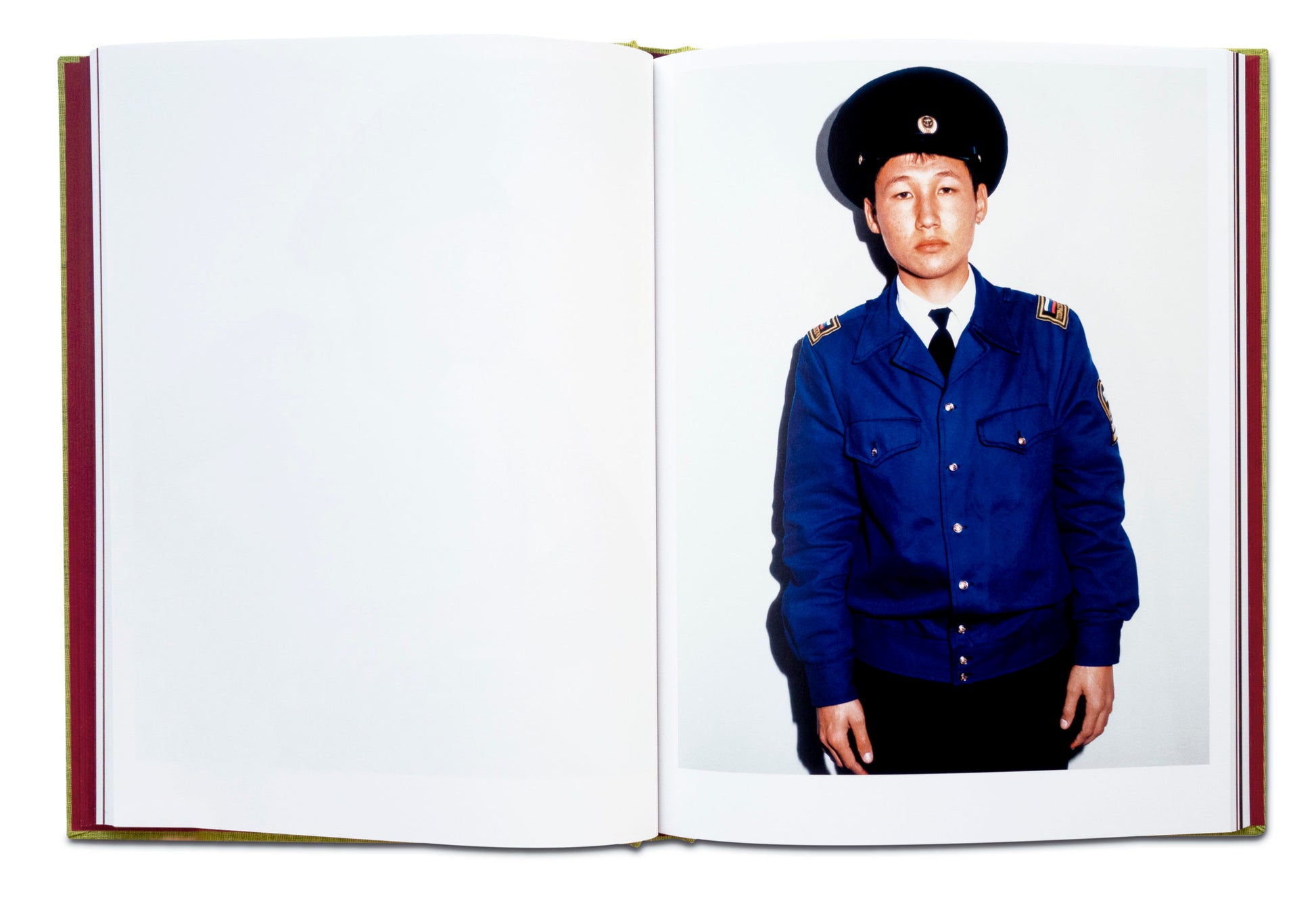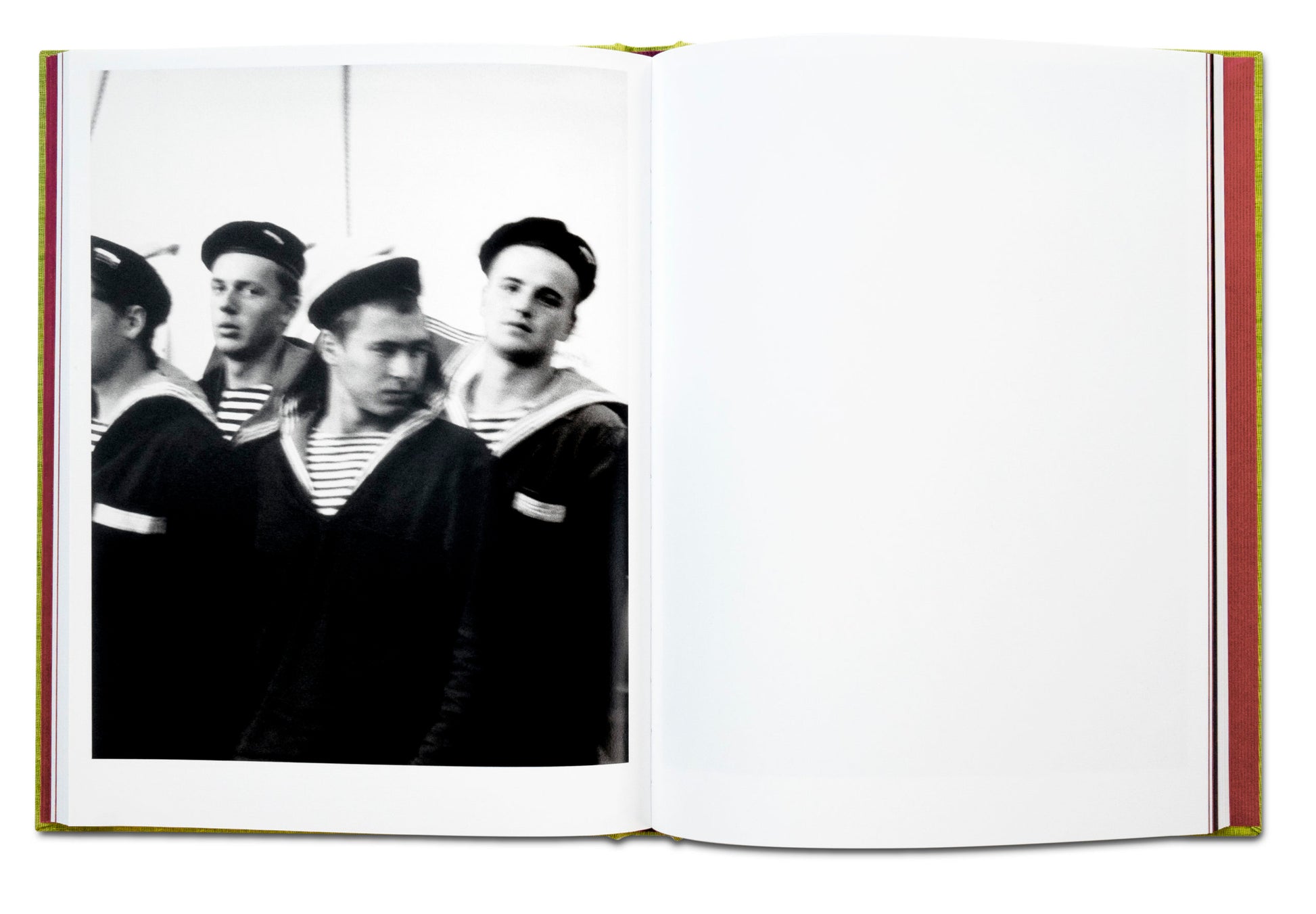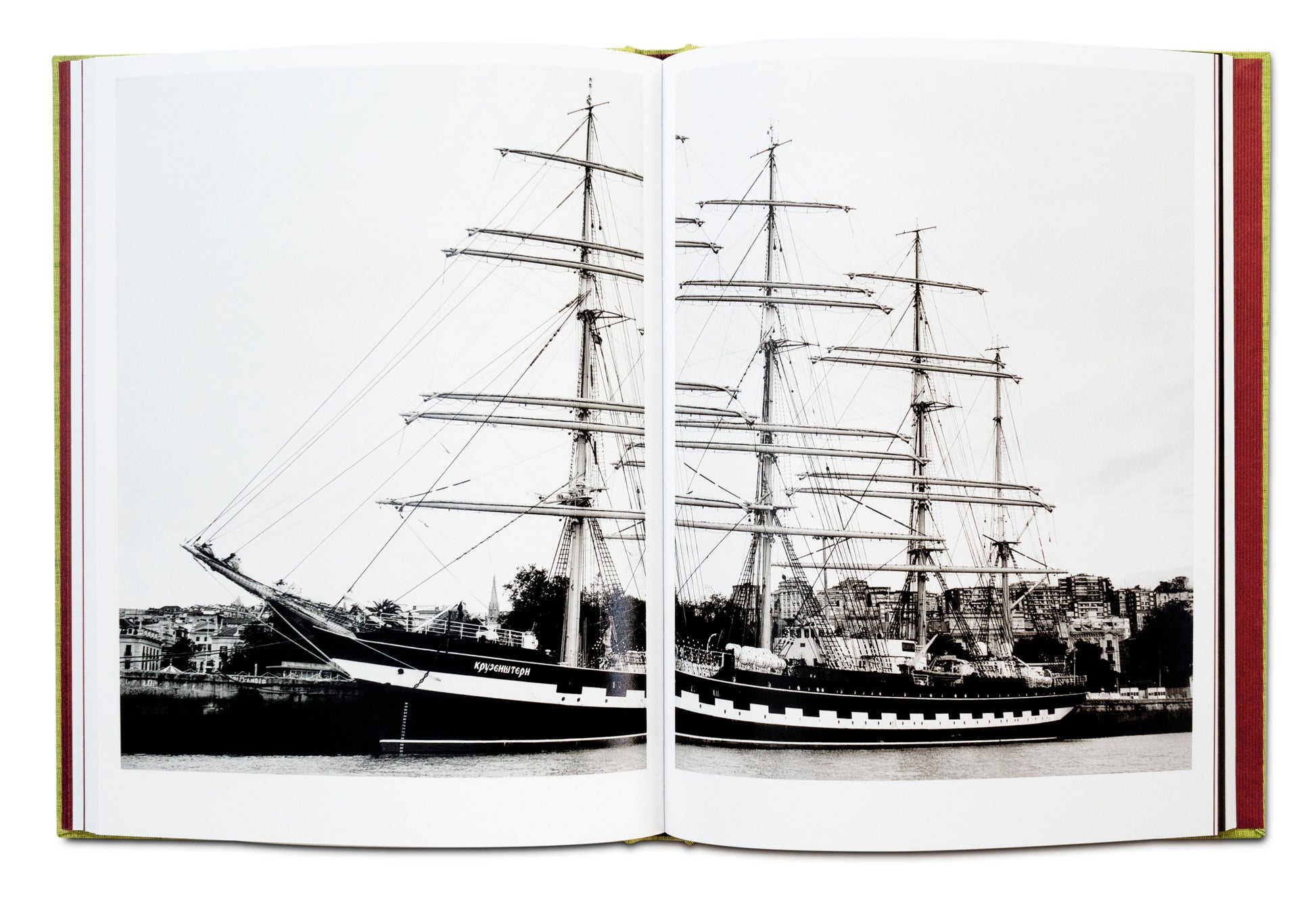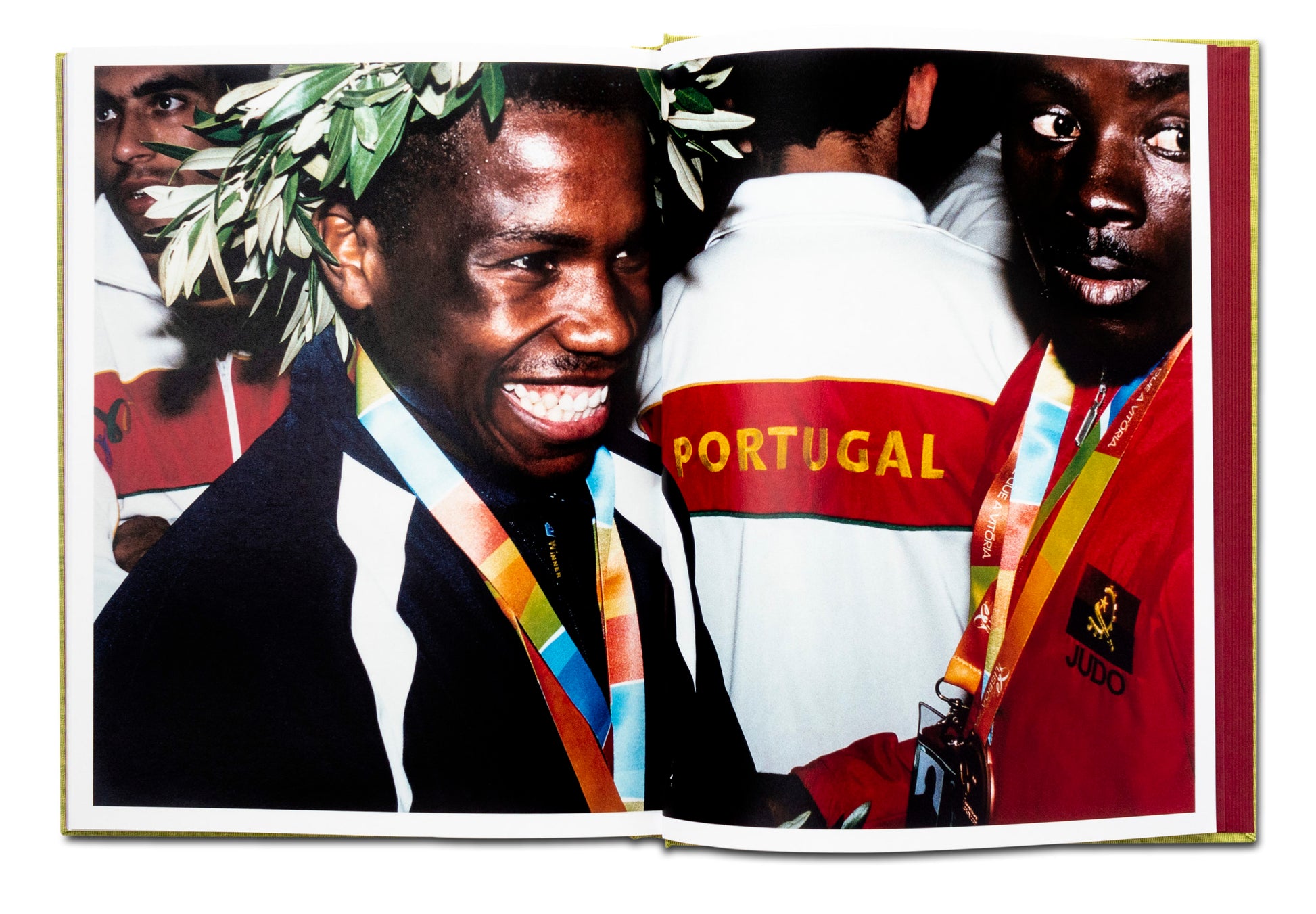Architecture + Beauty
Architecture + Beauty
by John Balsom
Couldn't load pickup availability
Architecture + Beauty is a compendium of personal projects by photographer John Balsom. Combining his interests in history, casting, documentary and graphic forms, the book draws upon disparate series ranging from diving boards in Australia, the cadets on a USSR training ship, the interior of longest ship operating on the Great Lakes in the US and a multinational, multi-sport event for athletes from Portuguese-speaking nations.
Awards: Shortlisted for the PHotoESPAÑA Best Photography Book of the Year Award 2022 in the International category.
More about this book
More about this book
Published February 2022
288 x 220 mm, 132 pages
35 duotone and 51 colour images
Hardback clothbound, foil debossed
ISBN 978-1-910401-67-5
Share

